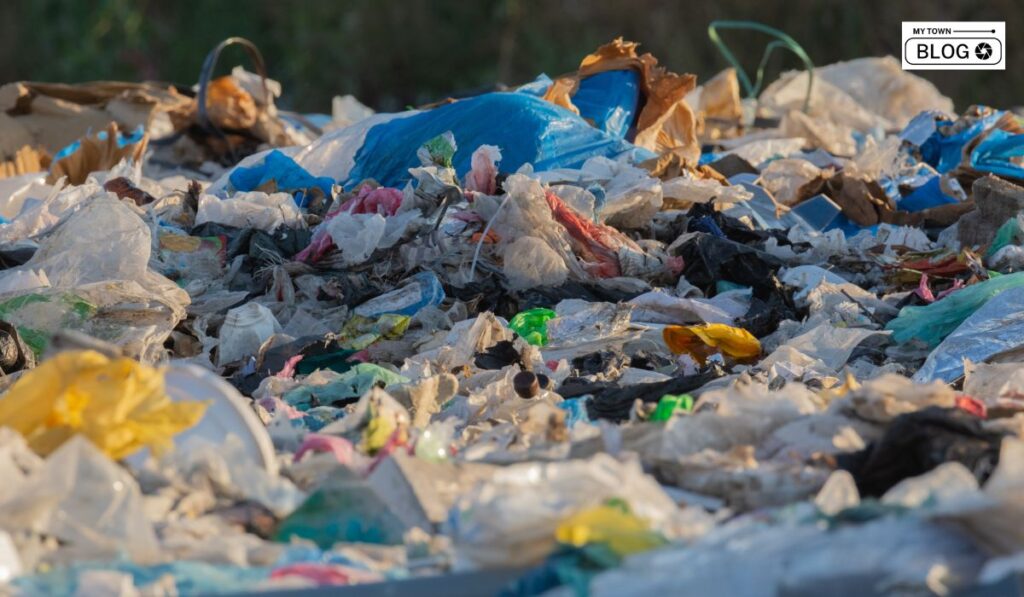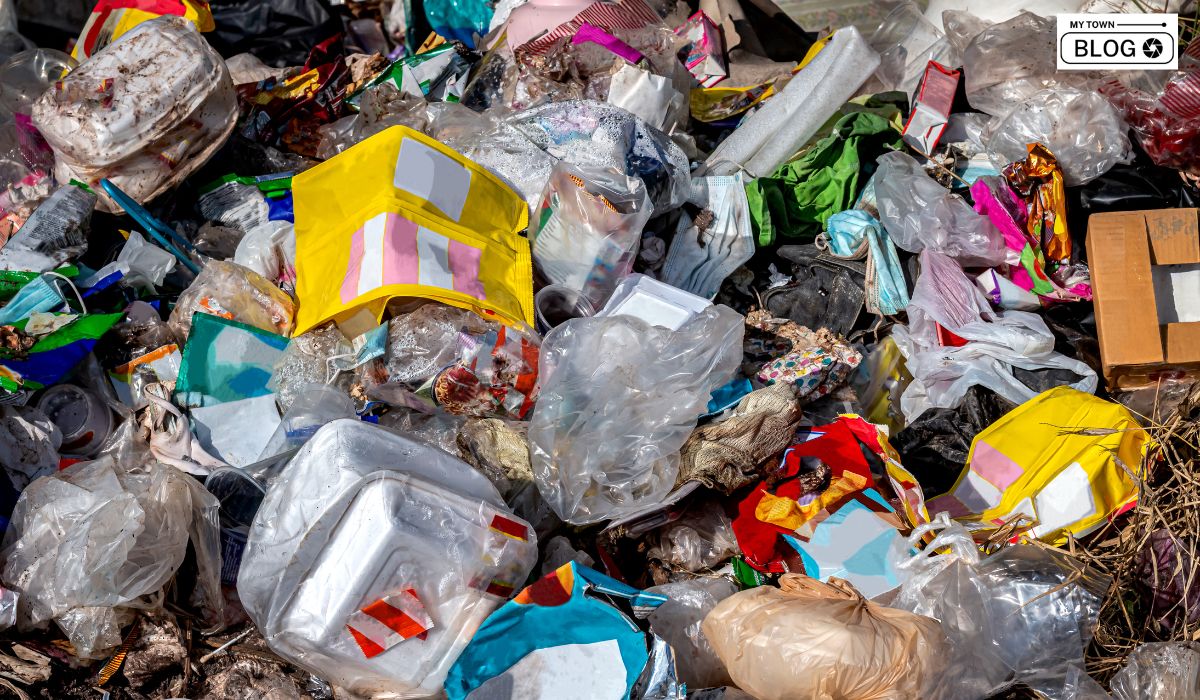The worker at the store usually wraps something you buy, such as food or apparel, in a shopping bag for you. You’ll dispose of the grocery bag in nature in the litter once you get home. This is the most common method that plastic bags become an environmental hazard. Plastic bags are incredibly helpful in our daily lives and seem to be needed, but they also greatly contribute to environmental pollution, the decline of species, hazards to human beings, and other harms.10 Points on Harmful Effects of Plastic Bags, detailing their impact on social, economic, wellness, and ecological aspects of life.

Death of animals
Over 100,000 animals sustain harm from plastic bags annually. Many creatures, including turtles, whales, penguins and dolphins mistake plastic bags for food and eat them. For instance, sea turtles mistaken plastic grocery bags floating in the seawater for jellyfish. These sea turtles are in risk of becoming extinct because of their extensive consumption of plastics. Plastic can accumulate in the stomach and kill an animal because it cannot be completely digested. Worse, the plastics the animal consumed will remain when it decomposes. This implies that another animal might consume it and come to the same conclusions.
Plastic bags are non-biodegradable
Plastic can require up to 2000 years to degrade entirely. In truth, the environment still contains every type of plastic that has ever been produced. As a result, you won’t witness the plastic breaking down.
Plastic bags are made from petroleum products
The world’s petroleum reserves need 60–100 million barrels of oil to make a kilos of plastic. Plastic therefore has an important part in the depletion of the scarce resource, that drives up the cost of petroleum products on every day.
Plastic food storage packages have toxic chemicals
Studies indicates that consuming or reheating food in plastic bags can lead to the development of obesity, asthma, ulcers, and multiple kinds of cancer. This can be explained by the fact that, when heated, certain compounds in plastic bags will react with the food. Bisphenol-A is one of these chemicals (BPA). BPA contributes to the durability and flexibility of plastic. While increasing the usefulness of plastic for daily use, this chemical poses significant health hazards, particularly when it comes into contact with food. Research conducted on animals has demonstrated that high levels of BPA can affect the development and functioning of the reproductive system. Further study has shown that people with excessive levels of BPA are more at risk for a number of serious health situations include diabetes, liver damage, and heart disease. Also, there may be side effects of this chemical on the brain.
Toxic chemicals are released during plastic manufacturing
Numerous chemicals that are neurotoxic, carcinogenic, and disrupt hormonal are present in plastic bags. The method used to create plastic releases some of these substances as byproducts. They eventually make their way to our ecosystem after their release through air, water, and land spoilage.
Massive accumulations of plastic bags block drainage systems
Deposits of bags of plastic constitute one of the most common causes that for sewers to choke. The vast majority of this issue impacts nations that are developing. The floods that took place in Bangladesh about a decade ago gives a good illustration of this impact. Massive drainage system clogs took place, which were partly caused to plastic shopping bags.
Plastic bags are the main cause of the Great Pacific Garbage Patch
There’s a huge amount of garbage made of plastic in the North Pacific Ocean, and plastic bags have contributed strongly to it. The Great Pacific Garbage is a title given to the garbage pile, which is nearly twice as big as Hawaii. Eighty percent of the garbage that ends up in the ocean is from land, according to the Wild Studies Institute.
93% of Americans age six years and above test positive for BPA
As we’ve seen, the chemical compound bisphenol-A can be used in the manufacture of plastic bags. Plastic water bottles and food cans carry this chemical. BPA forms as the chemical connections weaken and often find way into your food and water.
Plastic bags expose children to lung complications
As to the Global Health management, when pregnancy women are treated to high levels of The chemicals or BPA, two are organic chemicals present in plastics, women can deliver birth to babies with lungs issues.
In addition, there is an increased likelihood that these kids are going to grow on with asthma. In addition, elevated insulin resistance and high blood pressure were both associated with children’s exposure to these substances.As to the New York University School of Medicine, this issue plays an important part in the rise in kids obesity and diabetes cases. Also it has been linked to cardiac and kidney problems.
Plastic bag chemicals can affect reproduction in women
Many of the chemicals used for producing plastic bags, like BPA, have estrogen-like effects. In time, these chemicals may disturb women’s hormonal balance and have an impact on reproduction.
Another study has linked BPA to animal reports of breast cancer. In humans, this molecule has also been connected to thyroid problems and brain diseases.
Also Read: 6 Beautiful Places to Celebrate Ganesh Chaturthi
Conclusion
While their seeming ease, plastic bags offer serious threats to people and the environment. They damage wildlife, add to pollution, leak toxic substances that can be harmful to people, and upset equilibrium in nature and ecosystems. Plastic bags don’t decay, thus they exist in the environment for decades and add to major garbage problems like the Great Pacific Garbage Patch.10 Points on Harmful Effects of Plastic Bags, emphasizing their detrimental impact. To safeguard our environment and the health of future generations, we can lessen our dependency on plastic bags, make better-educated decisions, and look for sustainable alternatives by staying aware of these severe impacts.








